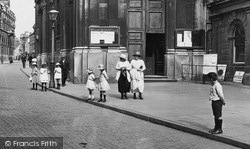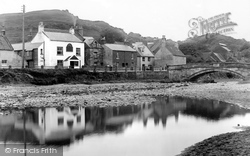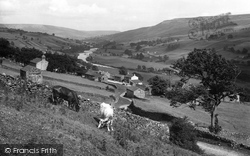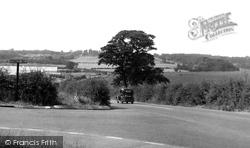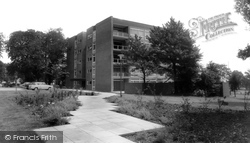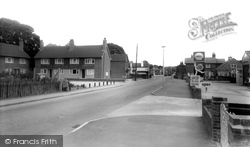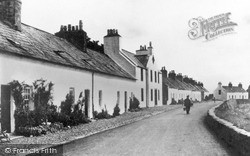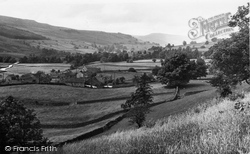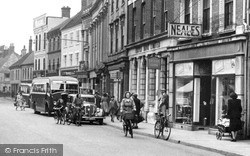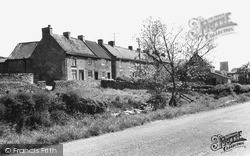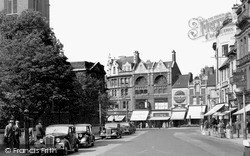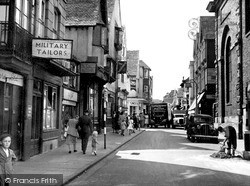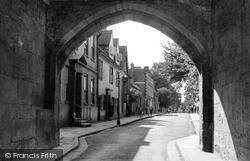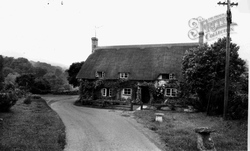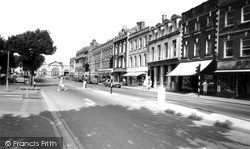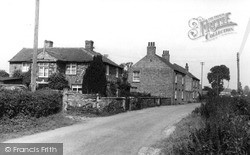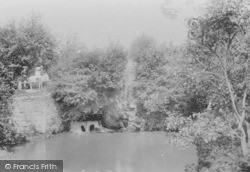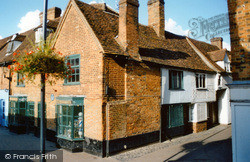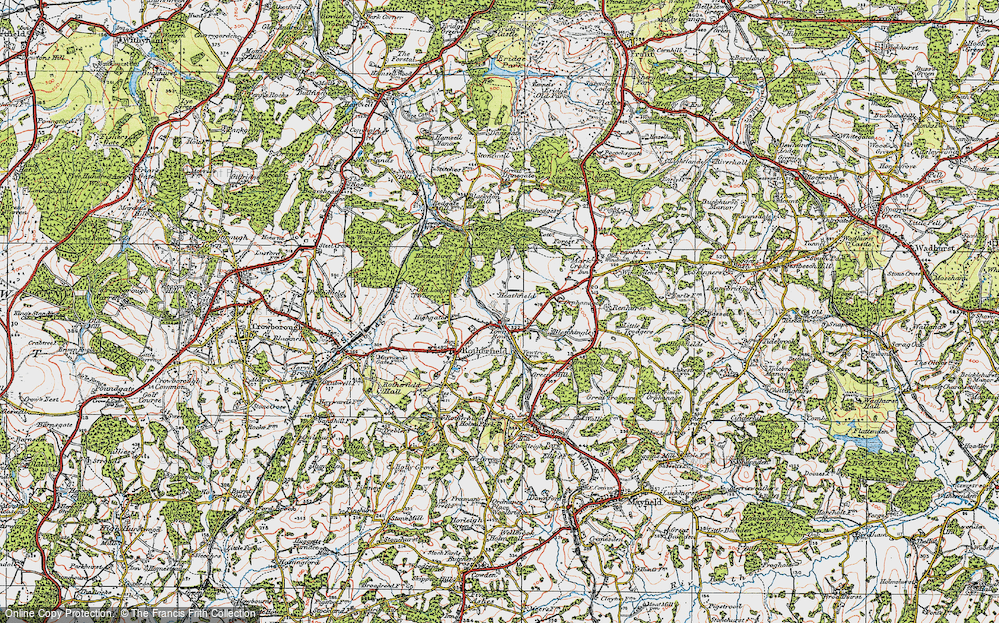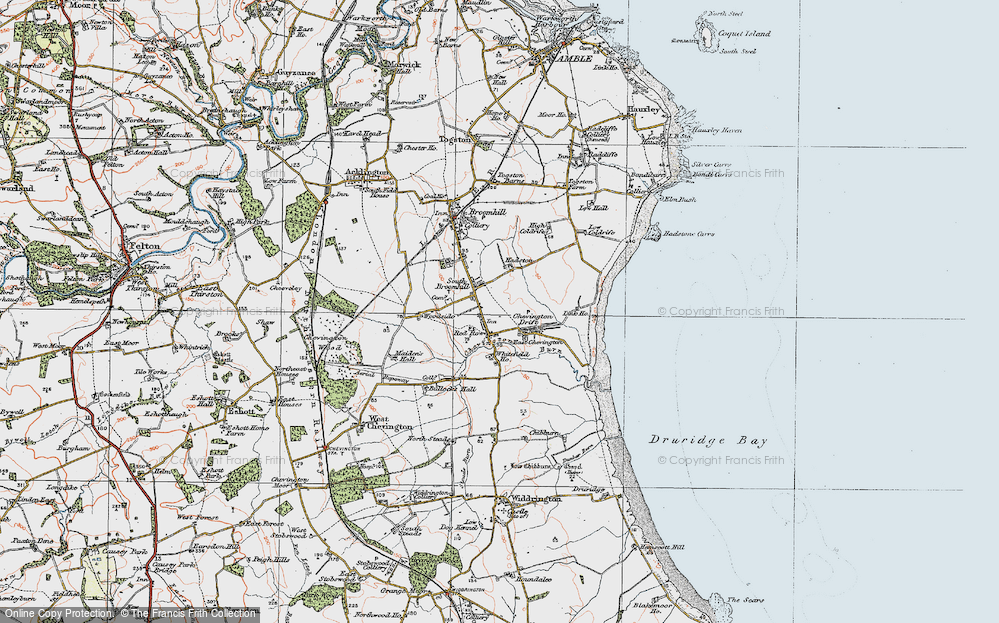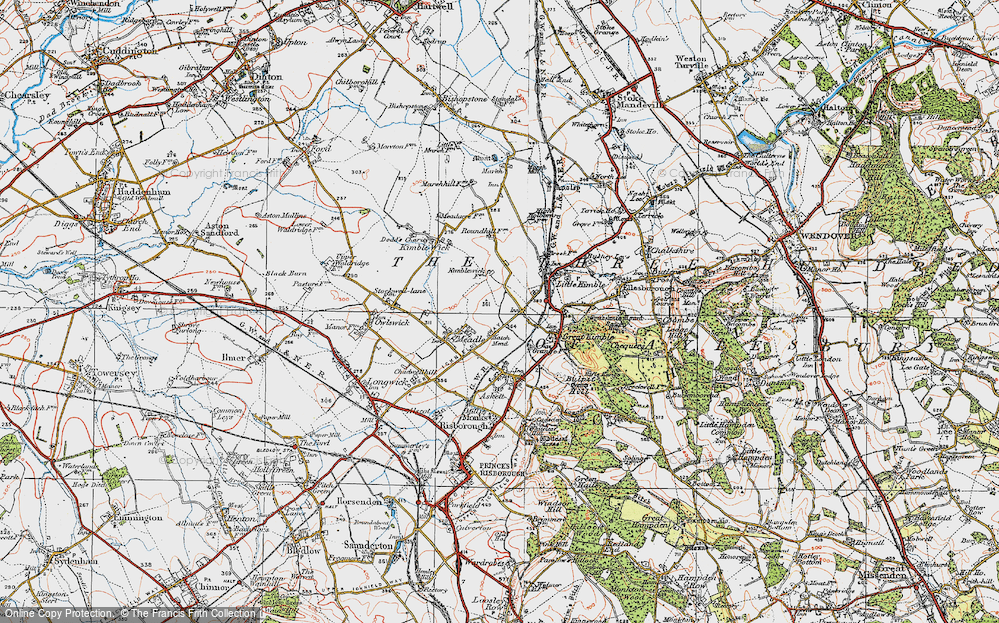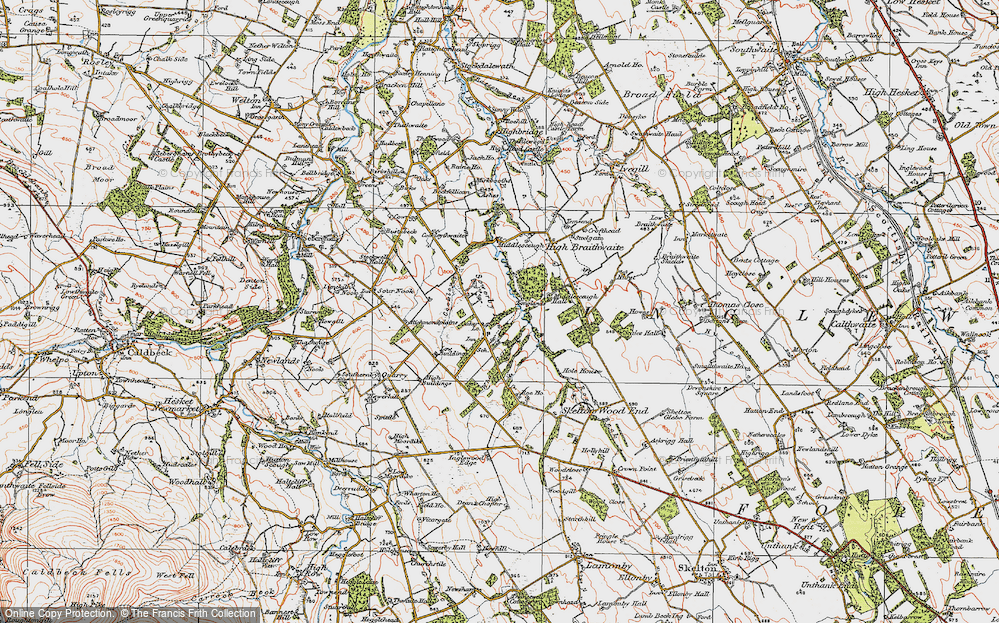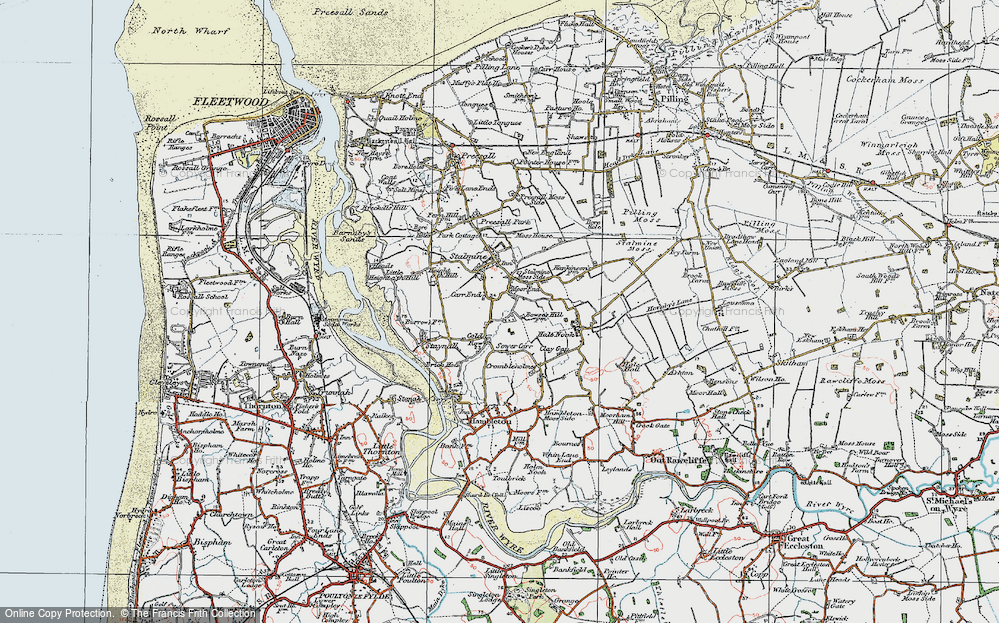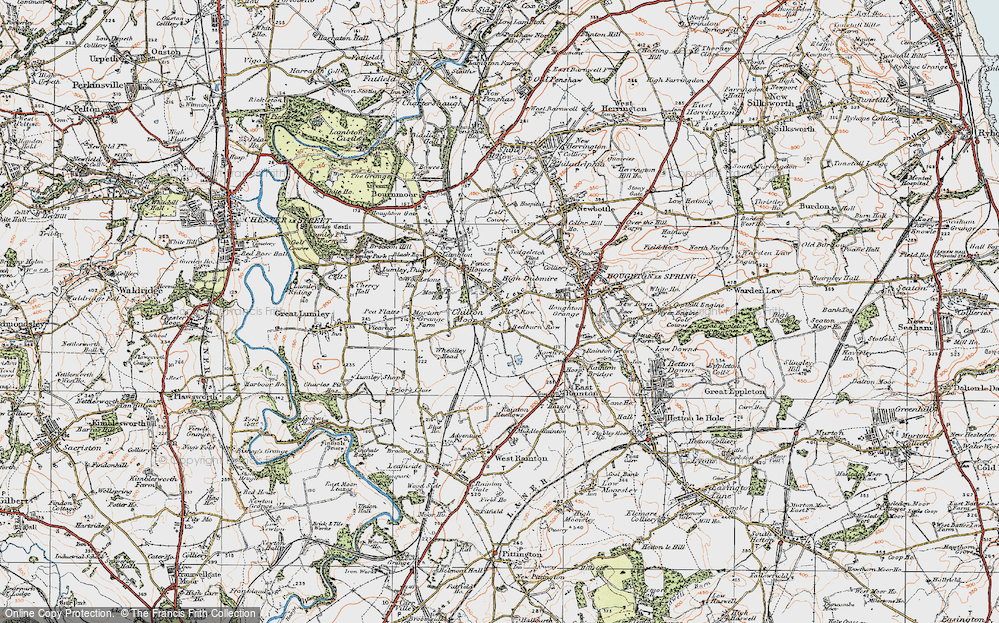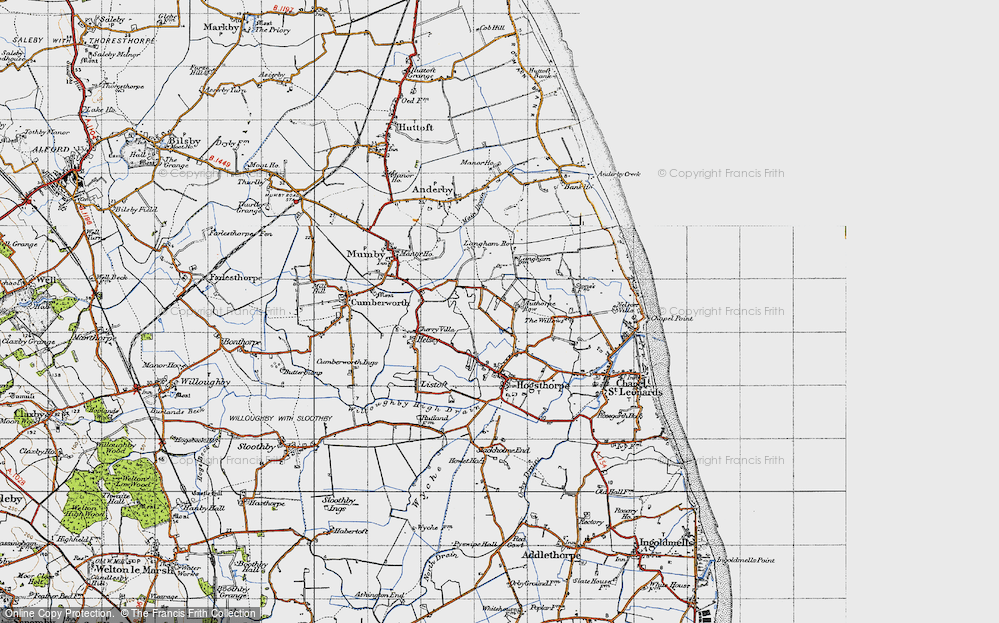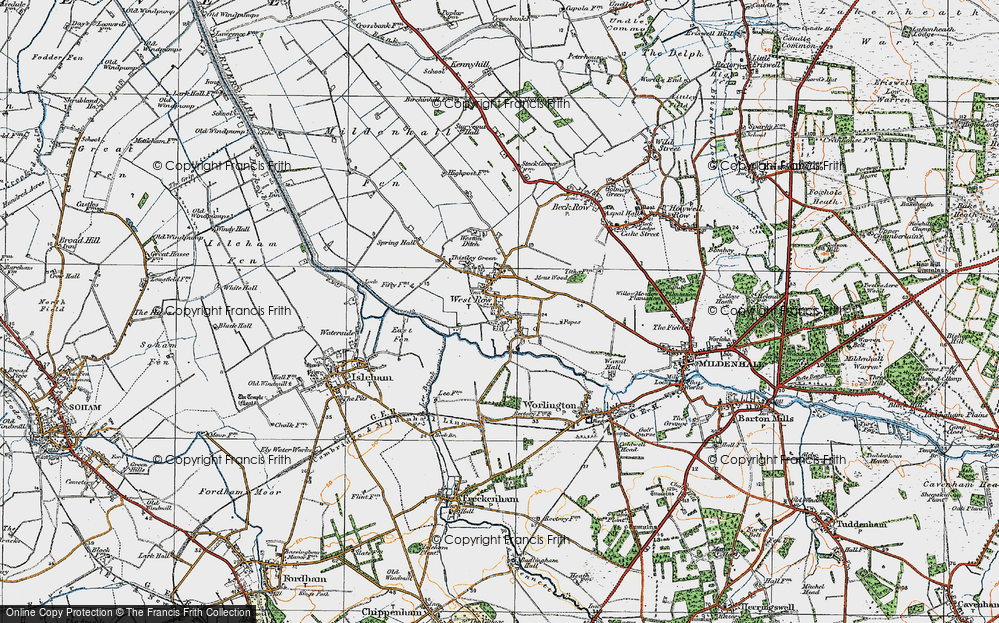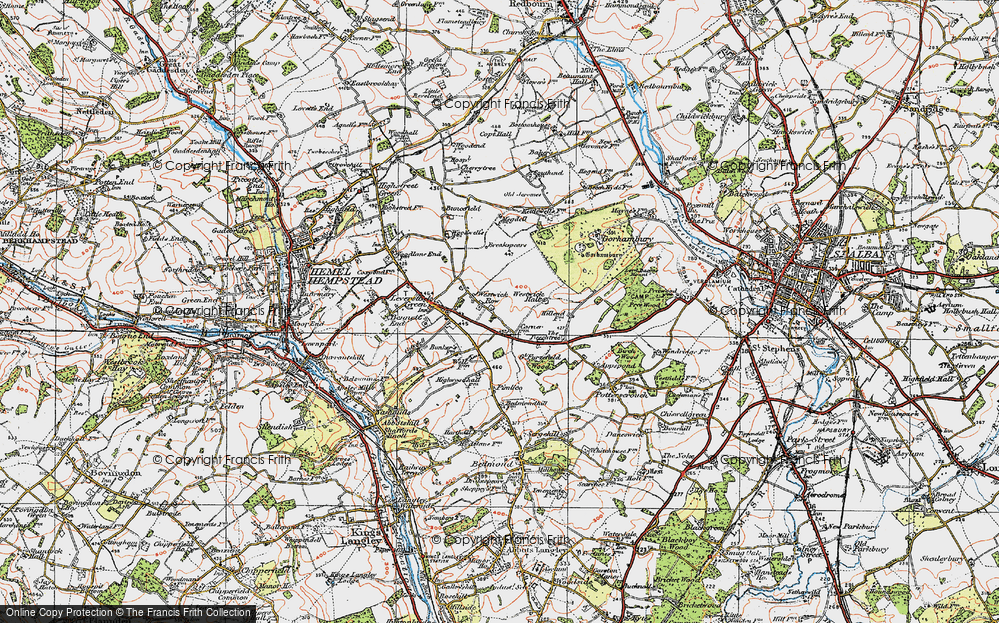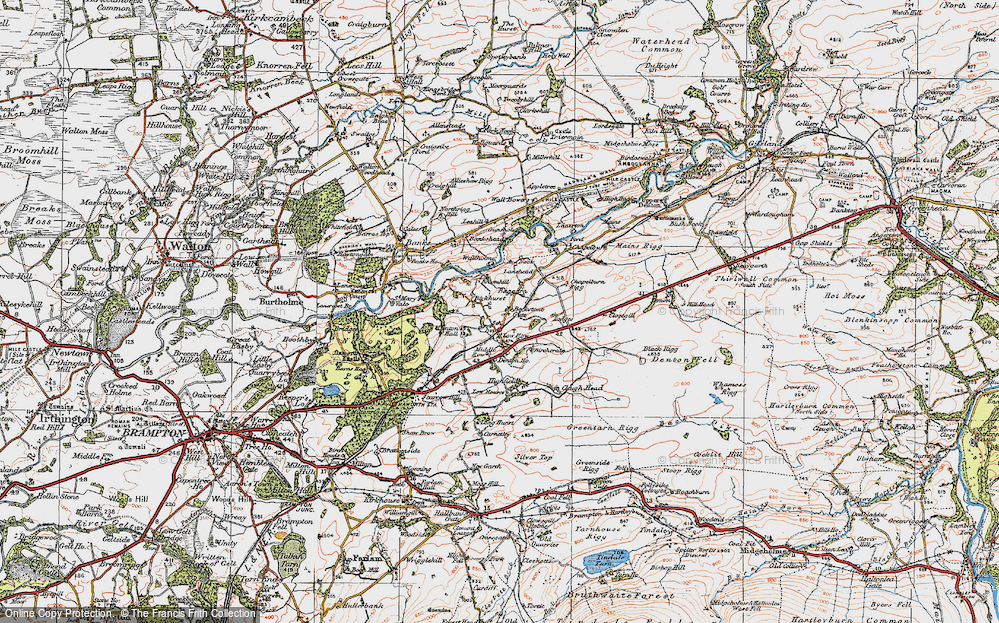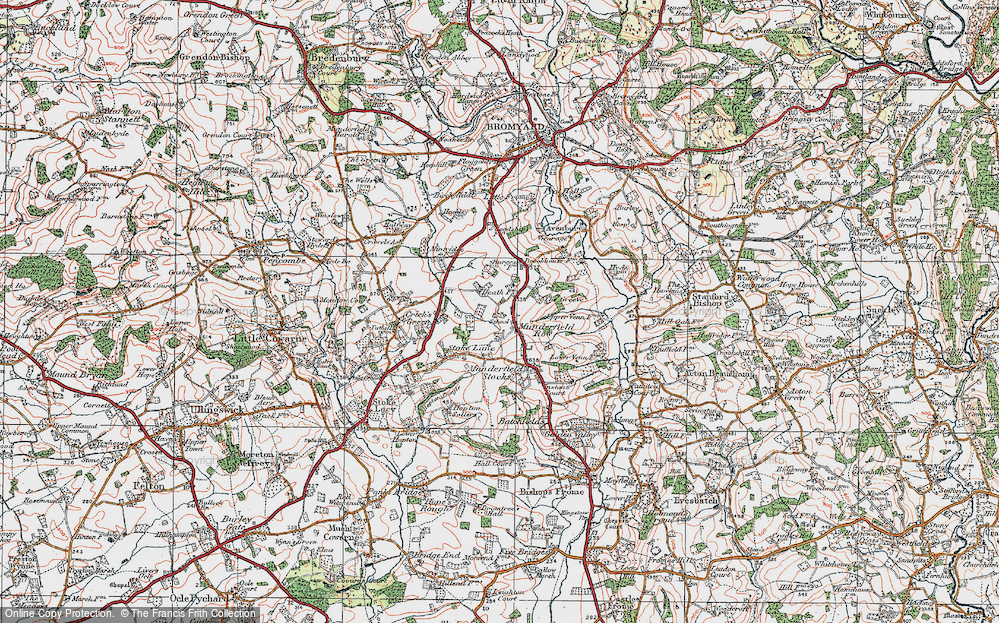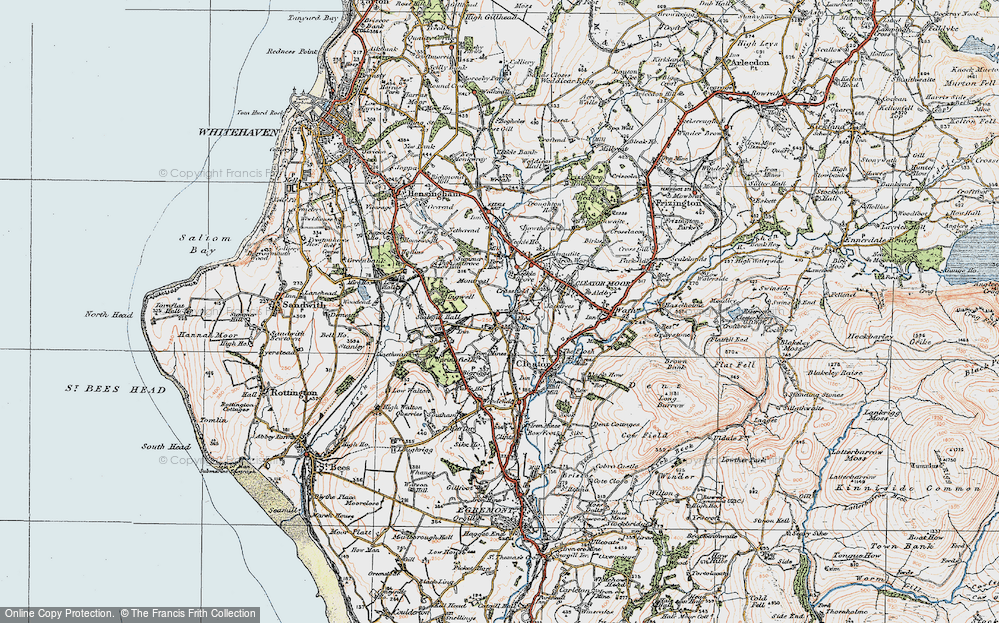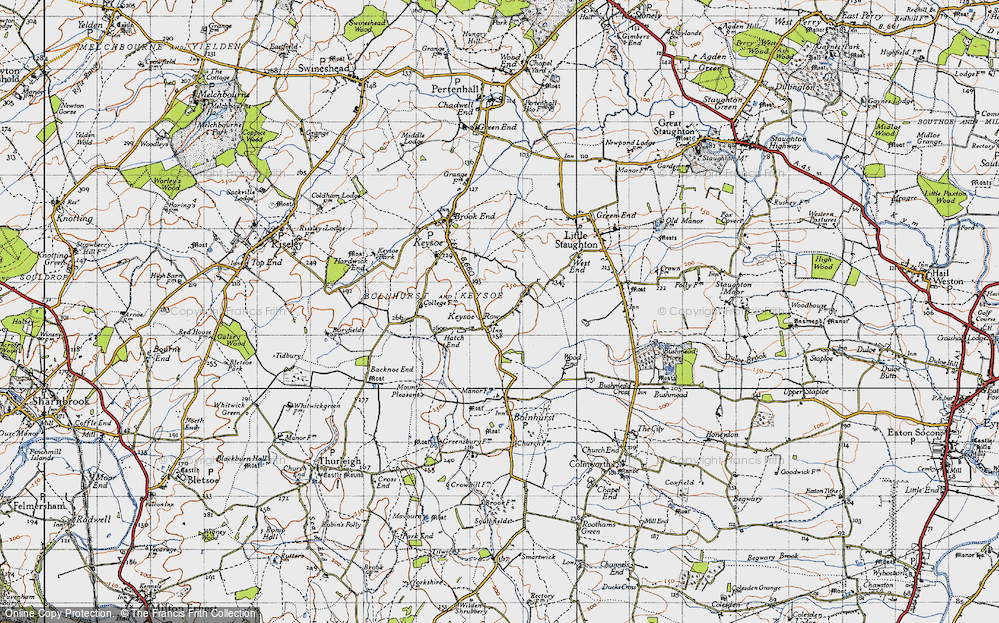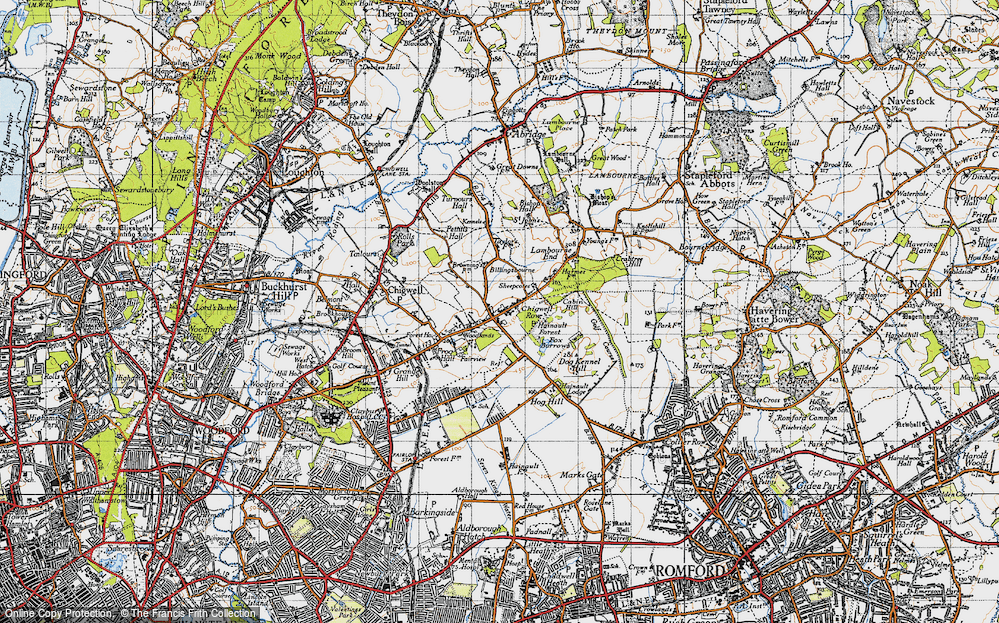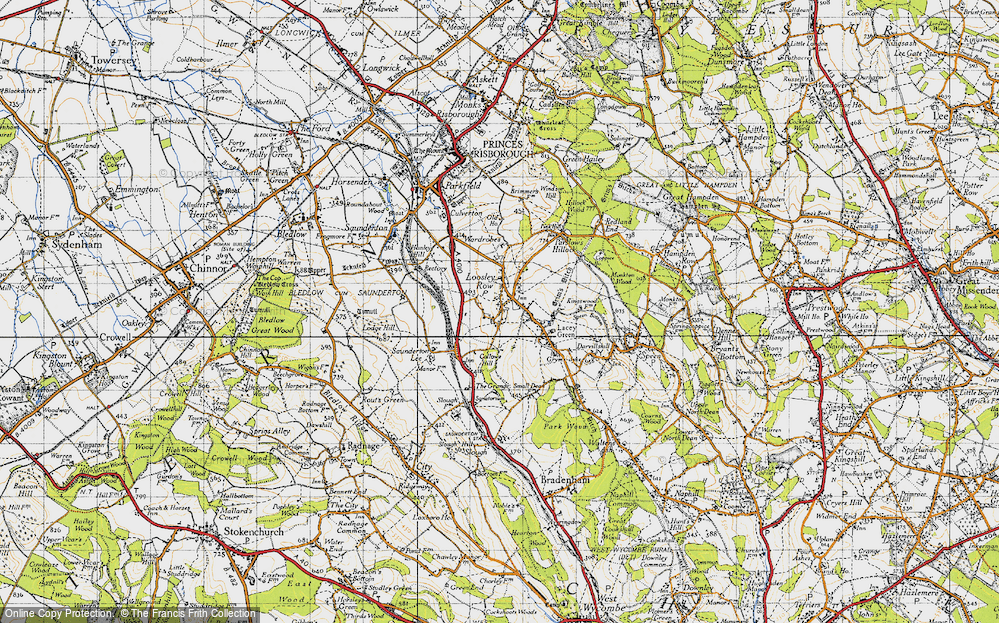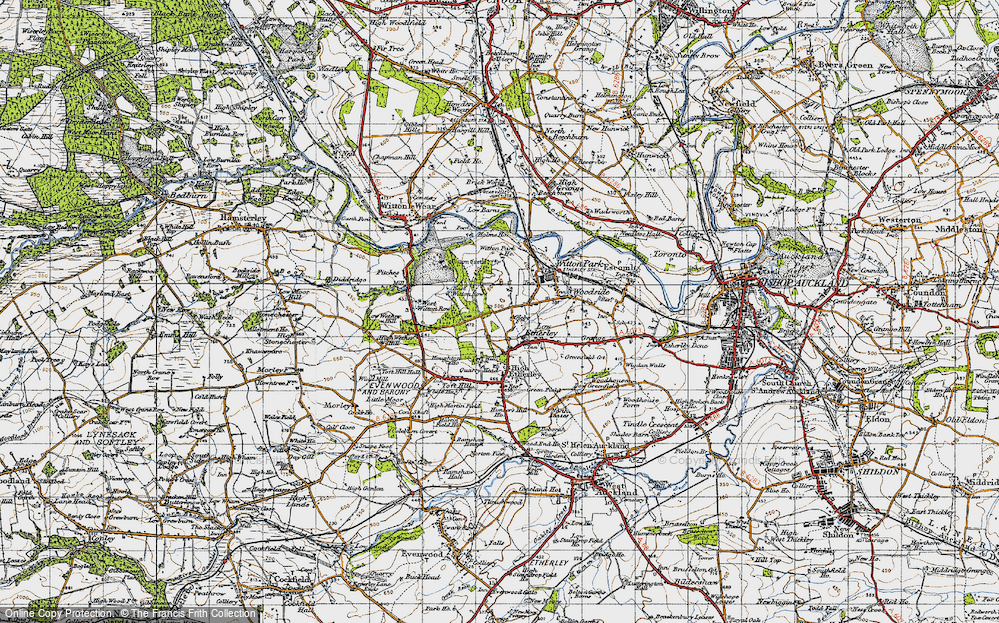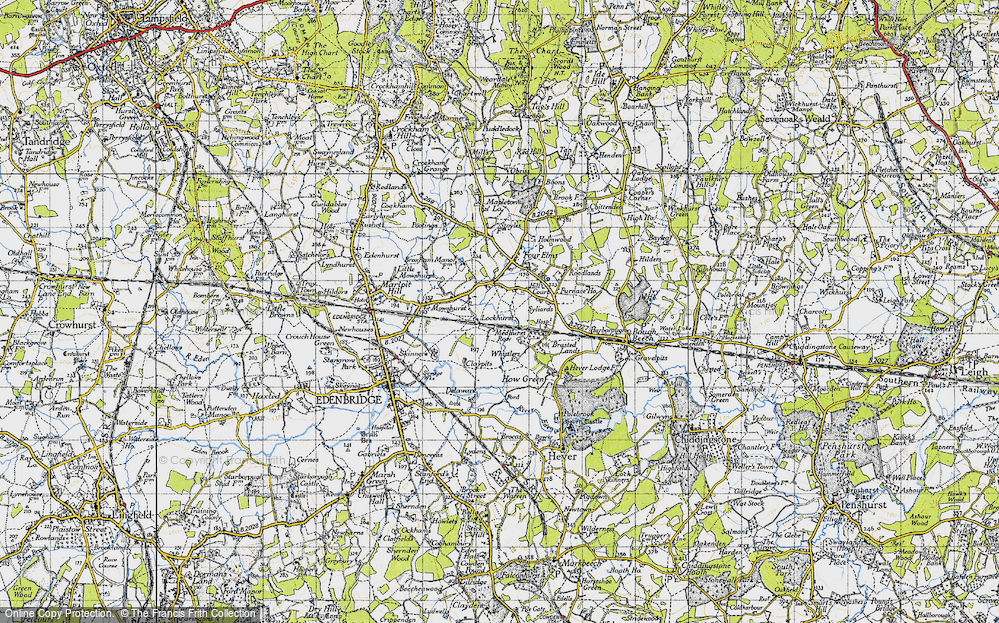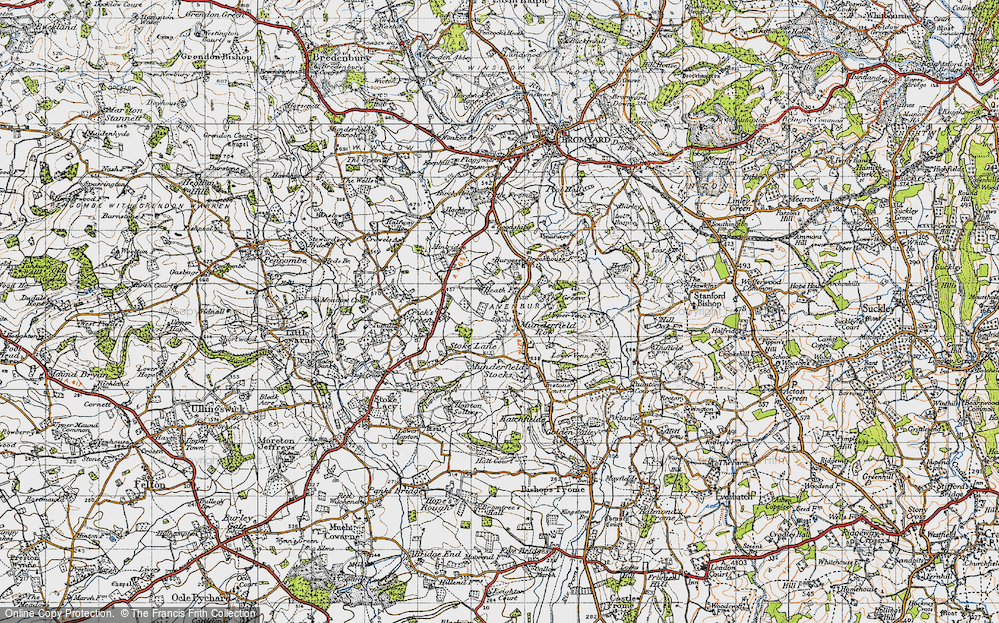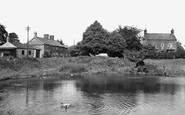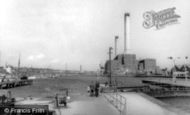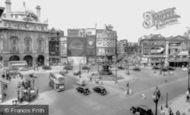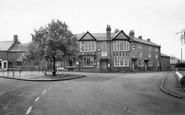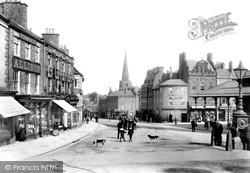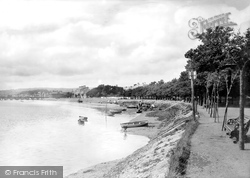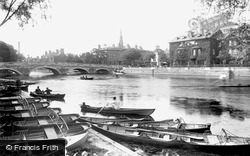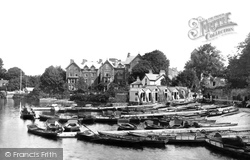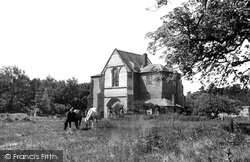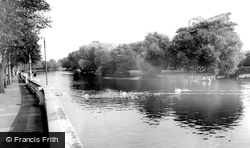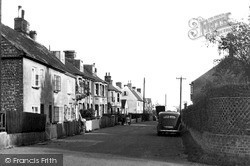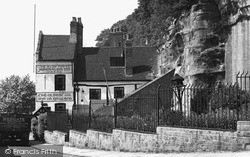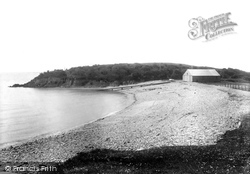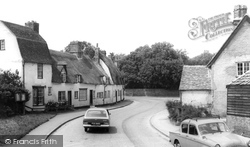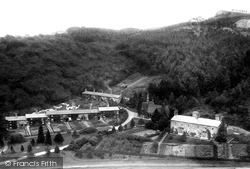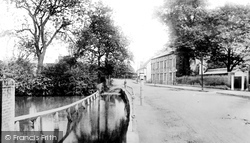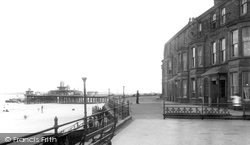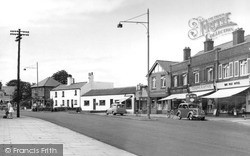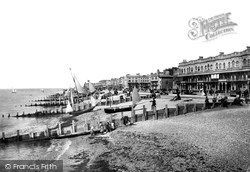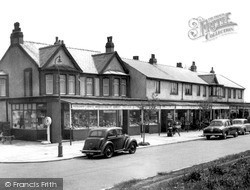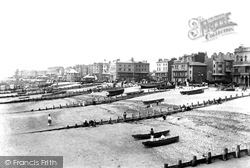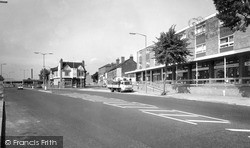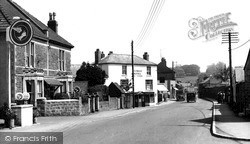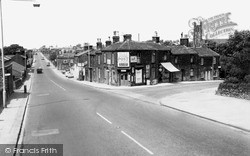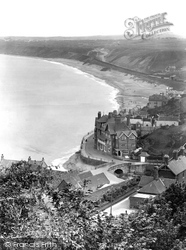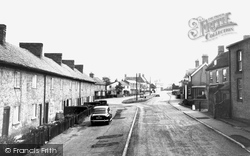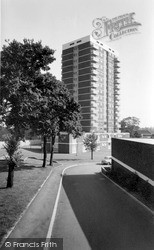Merry Christmas & Happy New Year!
Christmas Deliveries: If you placed an order on or before midday on Friday 19th December for Christmas delivery it was despatched before the Royal Mail or Parcel Force deadline and therefore should be received in time for Christmas. Orders placed after midday on Friday 19th December will be delivered in the New Year.
Please Note: Our offices and factory are now closed until Monday 5th January when we will be pleased to deal with any queries that have arisen during the holiday period.
During the holiday our Gift Cards may still be ordered for any last minute orders and will be sent automatically by email direct to your recipient - see here: Gift Cards
Places
36 places found.
Those places high-lighted have photos. All locations may have maps, books and memories.
- New Row, Dyfed
- Forest Row, Sussex
- Chigwell Row, Essex
- Low Row, Yorkshire
- Middleton One Row, Durham
- Red Row, Northumberland
- Collier Row, Essex
- Stoke Row, Oxfordshire
- Row, Cumbria (near Kendal)
- Row, Cornwall
- Row, Cumbria (near Langwathby)
- Corner Row, Lancashire
- Heather Row, Hampshire
- Helmington Row, Durham
- Higher Row, Dorset
- Authorpe Row, Lincolnshire
- North Row, Cumbria
- Medhurst Row, Kent
- Rotten Row, Berkshire
- Tittle Row, Berkshire
- Winkfield Row, Berkshire
- The Rowe, Staffordshire
- Spooner Row, Norfolk
- Alder Row, Somerset
- Smokey Row, Buckinghamshire
- Shiplake Row, Oxfordshire
- Ulcat Row, Cumbria
- Row Green, Essex
- Row Heath, Essex
- Tottenhill Row, Norfolk
- Frost Row, Norfolk
- Will Row, Lincolnshire
- West Row, Suffolk
- Orange Row, Norfolk
- Cold Row, Lancashire
- Dean Row, Cheshire
Photos
615 photos found. Showing results 21 to 40.
Maps
566 maps found.
Books
Sorry, no books were found that related to your search.
Memories
1,286 memories found. Showing results 11 to 20.
The Slate Islands Easdale
THE SLATE ISLANDS By Walter Deas Some 24k (15 miles) south and west of Oban lies an area with interesting old ...Read more
A memory of Easdale in 2005 by
When It Was An Aerodrome !
Ok, so it may have been a little later than 1955, but we used to live in Southbourne Grove, and used to thrash our bicycles across the fields (over the arterial road) and make our way to the back of the airport ...Read more
A memory of Southend Airport in 1955 by
Camelot Court History
My grandma and grandad moved to Sutton on Sea. They bought a brand new bungalow at Camelot Court, I have photos of the bungalow being built. I have since been left the bungalow and my parents have now also moved to ...Read more
A memory of Sutton on Sea in 1972 by
Painful Memories Of Paulton Square.
As a frightened 7 year old, in 1950, I was plunged into an unfamiliar London life when my meddling and self righteous aunt unfortunately reminded my stepfather of fulfill his promise to my dying mother to 'take ...Read more
A memory of London in 1950 by
The Pond In The 1940s
I recall the row of houses on the left in 1940 to 1947. In the middle lived my friend Elsie Colburn, then on the end lived Joyce Dean, she was at the time one of nine children, we were all born in 1937. The house on the ...Read more
A memory of Pickmere in 1940 by
Grain Fort
After the war in 1946 my father, a sergeant in the MPSC, was transfered to Darland camp in Gillingham but as there were no married quarters available there we, as a family, were billeted in the Coastguards quarters on the Isle of ...Read more
A memory of Isle of Grain in 1946 by
Memories Of A Childhood In Southwick
I went to Southwick Primary School. I remember being picked as a 'flag flyer' and welcoming the Duke of Edinburgh when he opened the new lock. I think it was in about 1955. We were unable to use the locks ...Read more
A memory of Southwick by
London,Piccadilly Circus 1951 1955
I was a young Constable in the year 1951, and fresh from Peel House, Westminster was assigned tio the Savile Row station known as CD. I lived at the Section House on Broadwick Street, Soho named after Lord ...Read more
A memory of London in 1951 by
Floating Coffins
South Wingfield Church is situated right beside the river and it was reported to me when I was looking round the graveyard (I'm a fam hist fan) that they have /had problems when the river flooded disturbing the graves and ...Read more
A memory of South Wingfield by
The Nag''s Head
One didn't have to travel to London in the past to watch pro bands plying their trade. The Nag's Head public house was a much attended venue during the late 1960s and early 1970s for watching many of the (what was then known as) ...Read more
A memory of Wollaston in 1969 by
Captions
816 captions found. Showing results 25 to 48.
Tubwell Row bounds the Market Place along with High Row, St Cuthbert's Churchyard and Horsemarket. On the left are the flower-bedecked premises of the seed merchants and nurserymen Kent & Brydon.
The area was also known as River Row, after the rowing boats that could be hired here.
The south bank was a popular location for hiring rowing boats, and the Bedford Rowing Club, founded in 1886, have their boat and club house to the left of the photographer.
This is the corner of the Bowness boating area which is used by rowing boats for hire, following the onset of mass tourism from the mid 19th century.
The other side has magnificent flatwork decoration and rows of heraldry.
The river basks in afternoon sunshine, with swans and a hired rowing boat on the water.
This is the corner of the Bowness boating area used by rowing boats for hire, following the onset of mass tourism from the mid19th century.
The first of this row of Victorian cottages has the original name, Fern Cottage, painted on the glass fanlight. An ice-cream tricycle stands outside Row End (centre).
Behind it now is the Brewhouse Yard Museum (of Nottingham life), opened in 1977, and the Angel Row Gallery, both housed in a row of brick houses of about 1680.
The large building on the right is the HQ of the former Barry Rowing Club, which was one of the oldest sporting clubs in Barry.
Edward Wright, the village baker, gave his name to this row of cottages in the High Street. His house and the bakery, second from left, are thought to be more than 300 years old.
village' because of its sylvan setting at the head of a wooded valley, the cluster of houses known as Hutton Village dates from the mid 19th century, when Mr Thomas, a local mine owner, built two rows
Gone the row of cottages, probably only thirty years old when the photograph was taken, and now gone is the Red House, an 18th-century building behind its boundary wall, but out of sight to the extreme
The houses on the right were soon turned into cafes to serve the ever-growing numbers of holidaymakers. They would advertise breakfasts bigger than each other, vying with each other for customers.
The white-painted single-storey building in the middle of the row of shops originally had a thatched roof and was Irby's only shop, doubling also as the village post office.
Here he looked westwards along the row of breakwaters that were installed to reduce the coastal erosion that had bedevilled Worthing's development as a seaside resort until the 19th century.
This row of shops with their protective glass awnings was built in the grounds of Cleveley Lodge (the building at the far left end of the row) in the 1930s.
Here he looked westwards along the row of breakwaters that were installed to reduce the coastal erosion that had bedevilled Worthing's development as a seaside resort until the 19th century.
In front is a row of modern shops, including a Co-operative store at the end by the truck, which had replaced a row of terraced houses.
Beyond the delivery van parked on the same side as The George Hotel stands a row of cottages once quaintly named Ship's Yud Row.
This former agricultural village gave way to rows and rows of workers' cottages, many of which remain.
Here we see West Row; East Row is on the right by the second stream. The spectacular coastal railway from Whitby to Loftus ran here between 1883 to 1958.
The Chequers pub (centre right) is now a private house; the next building has been demolished, but Chequers House, in the foreground, has been restored, and today sports fine wrought iron railings
In front is a row of modern shops, including a Co-operative store at the end by the truck, which had replaced a row of terraced houses.
Places (93)
Photos (615)
Memories (1286)
Books (0)
Maps (566)


